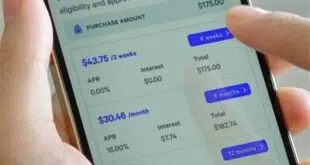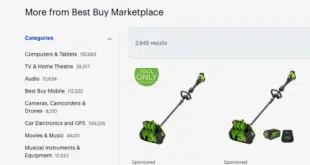The newest market for payments may one day lie inside a more than 100-year-old machine: the car. Just as payments is evolving to incorporate watches and fitness trackers, so too are futurists looking at how payments might make the move to cars.
Jacksonville, Fla.-based Fidelity National Information Services Inc. (FIS) is using its San Francisco Digital Innovation Lab to explore new ways to make payments, with an eye on ensuring its more than 1,600 mobile clients, which represent more than 31 million mobile-app users, have a role in any new paradigms that evolve, says Doug Brown, FIS Mobile senior vice president and general manager.
Among the questions Brown and his staff are exploring is what role can an in-car payment have? Does it improve on an existing transaction type? Can an in-car app stand alone, or should it be tethered to a smart phone? “That’s the type of things we’re trying to tease out now, the technology, the use cases,” Brown says.
Dubbed the “Garage,” the FIS lab, which also explores such technology as smart-phone-based ATM transactions, wearables, and smart TVs, is set up with a fuel pump emulator, point-of-sale terminals, and a working ATM. And soon it will have a dashboard to test entertainment units using apps, Brown says. FIS is working with a variety of companies, though Brown declines to name any.
The lab’s staff is in the early stages of deciding what to build, Brown says. One such effort is a project working with a fuel retailer to do pump authorization and begin the fueling process before getting out of the car, he says. “A car app could do that.” The question, in this instance, is, should it be a standalone app within the car’s entertainment system or an app that requires a smart phone?
One factor that makes in-car payments a consideration is the proliferation of Internet connectivity as a feature in the car. For example, Chevrolet offers 4G LTE connectivity in many of its models.
“Cars are getting smarter,” says Todd Ablowitz, president of advisory firm Double Diamond Group, Centennial, Colo. “The intelligence is joining the Internet of things and becoming connected.”
Ablowitz has no doubt that cars will have payments technology, though he acknowledges it is not going to happen overnight. “The number of things that become possible when you connect a car to the Internet is staggering,” he says. “And one of those things is payments.”
Already, the United Kingdom edition of the BMW Group’s Mini compact car is available with an in-dash app to find parking spots, for which payment is made via a connected smart phone.
The potential for other applications is intriguing, says George Peabody, an analyst at Menlo Park, Calif.-based consultancy Glenbrook Partners. “What are the use cases that are trying to be solved with automobile-initiated transactions?” Peabody asks. There might be a case for an app or authentication method that’s built into the car to use in quick-serve drive-up lanes, he says by way of example.
Innovation is about looking at old problems in new ways, and automobile-initiated payments might fix broken processes or improve payment experiences, says Peabody. It’s just too early to say how that might evolve, or even whether it will. Much of the outcome will depend on how the use cases develop, he says.
And the automobile companies will also have an important say in the matter. “This is going to have to fit into the automation platform the manufacturers have in place,” Peabody says.
—Kevin Woodward





